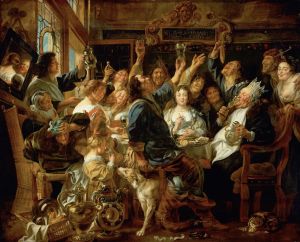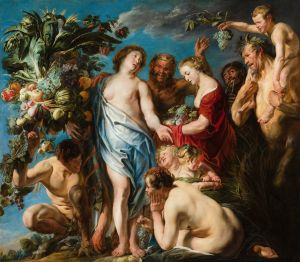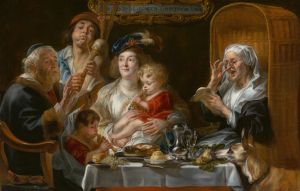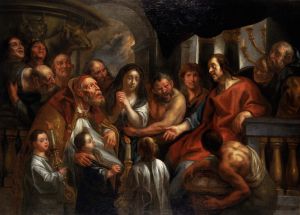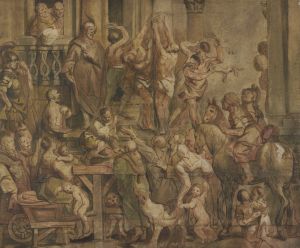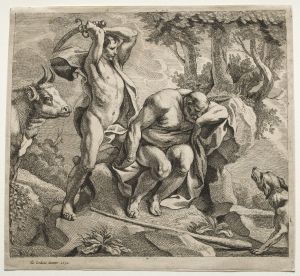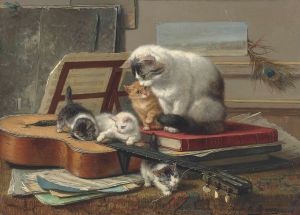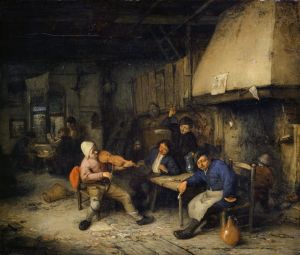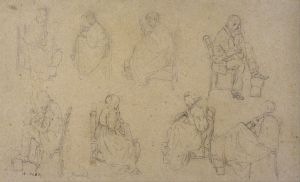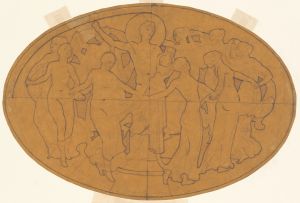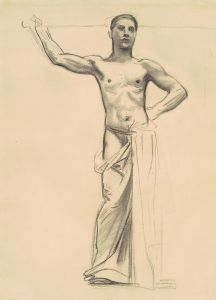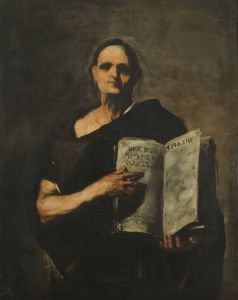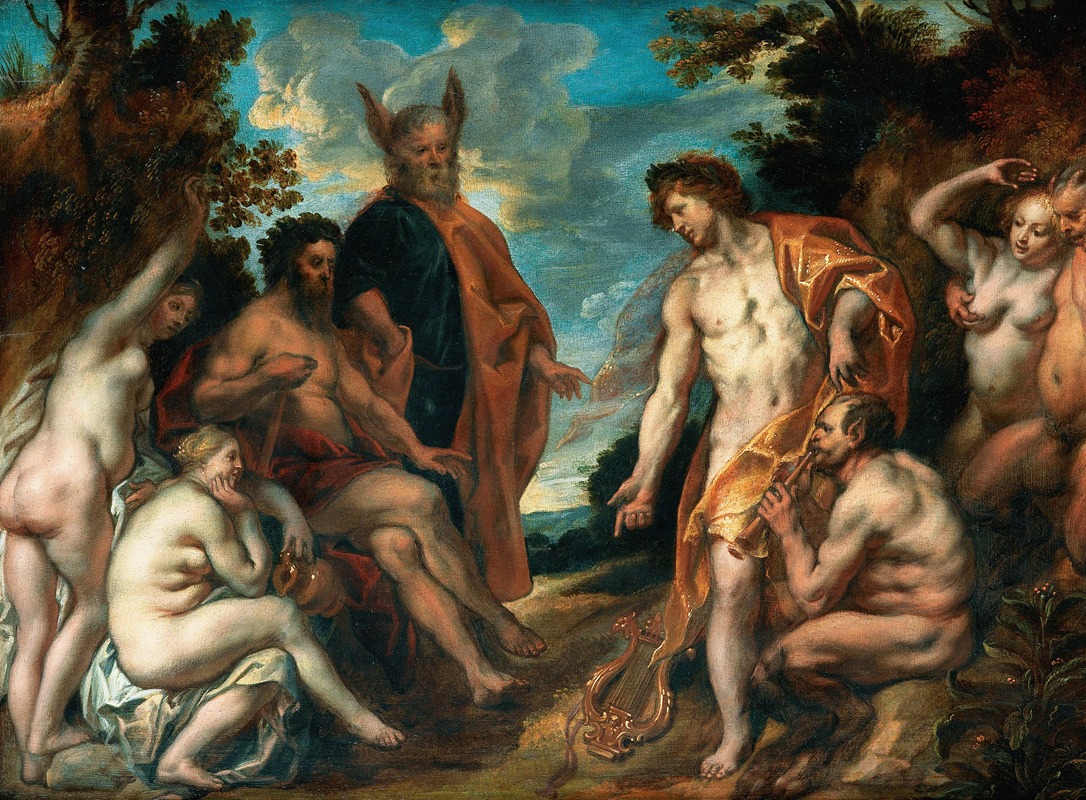
The Musical Contest between Apollo And Pan
A hand-painted replica of Jacob Jordaens’s masterpiece The Musical Contest between Apollo And Pan, meticulously crafted by professional artists to capture the true essence of the original. Each piece is created with museum-quality canvas and rare mineral pigments, carefully painted by experienced artists with delicate brushstrokes and rich, layered colors to perfectly recreate the texture of the original artwork. Unlike machine-printed reproductions, this hand-painted version brings the painting to life, infused with the artist’s emotions and skill in every stroke. Whether for personal collection or home decoration, it instantly elevates the artistic atmosphere of any space.
Jacob Jordaens' painting The Musical Contest between Apollo and Pan is a notable work by the Flemish Baroque artist, created during the 17th century. Jordaens, a prominent figure in the Antwerp art scene, was known for his dynamic compositions, vibrant use of color, and ability to depict mythological and allegorical themes with dramatic intensity. This painting is a visual representation of a classical mythological story, showcasing Jordaens' skill in combining narrative and artistic expression.
The painting illustrates the mythological contest between Apollo, the god of music, poetry, and the arts, and Pan, the rustic god of shepherds and nature, who is often associated with the pan flute. According to Greek mythology, the two deities engaged in a musical competition to determine whose musical abilities were superior. Apollo, playing his lyre, represented the refined and divine aspects of music, while Pan, playing his syrinx (pan flute), embodied the raw and earthy qualities of sound.
Jordaens' depiction of this myth is characterized by its lively composition and expressive figures. The painting includes a variety of characters, such as the gods themselves, their instruments, and an audience of mythological figures and mortals who observe the contest. The artist's use of light and shadow enhances the dramatic tension of the scene, while his attention to detail brings the mythological narrative to life. Jordaens' ability to convey emotion and movement is evident in the gestures and facial expressions of the figures.
The painting reflects the Baroque era's fascination with classical mythology and its emphasis on theatricality and grandeur. Jordaens, who was influenced by Peter Paul Rubens, infused his work with a sense of vitality and energy that was characteristic of the period. His interpretation of the myth not only captures the essence of the story but also serves as a testament to his mastery of the Baroque style.
While the exact date of the painting's creation is not definitively known, it is generally attributed to Jordaens' mature period, when he was at the height of his artistic career. The work is housed in the Museo del Prado in Madrid, Spain, where it remains an important example of Jordaens' contribution to Baroque art and his ability to reinterpret classical themes through his unique artistic lens.





